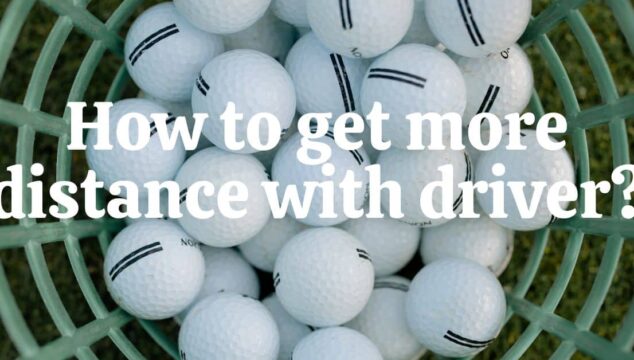A stinger shot is a low-flying golf shot that is designed to stay close to the ground, minimizing the effects of wind and maximizing control and accuracy. This shot is typically executed with a long iron or sometimes a fairway wood, with a focus on keeping the ball flight low and penetrating. The stinger is […]
Training Guide
How to Calculate Your Golf Handicap?
The golf handicap system is a standardized way to level the playing field between golfers of different skill levels. It lets players compete more fairly by adjusting their scores relative to course difficulty. To calculate a handicap, you’ll need at least three scorecards from recent rounds played on USGA-rated courses, although many players prefer using […]
How Far Should You Hit a 3-Wood? Find Out the Ideal Range!
In the ever-evolving game of golf, mastering each club’s potential can elevate your performance from good to great. Among these, the 3 wood stands out as a versatile weapon in your arsenal. Whether you’re navigating the fairway or looking to conquer that tricky par 5, knowing how far you should hit your 3 wood can […]
How To Get More Distance With Driver?
When it comes to golf, few things are as exhilarating as watching your ball soar down the fairway, covering impressive distances with a well-struck driver. Whether you’re a weekend warrior or a seasoned player, adding extra yards to your drive can significantly elevate your game. It’s not just about the bragging rights—though those are nice […]
How to Lower Your Golf Score by 10 Strokes?
Imagine stepping onto the golf course with the confidence that you can shave 10 strokes off your game. It’s not just a fantasy—it’s a tangible goal that many golfers dream of achieving. Lowering your golf score by 10 strokes might seem like a daunting task, but with the right strategies, focused practice, and a touch […]








